Home
/
Our Partners
/
North Dakota NWR
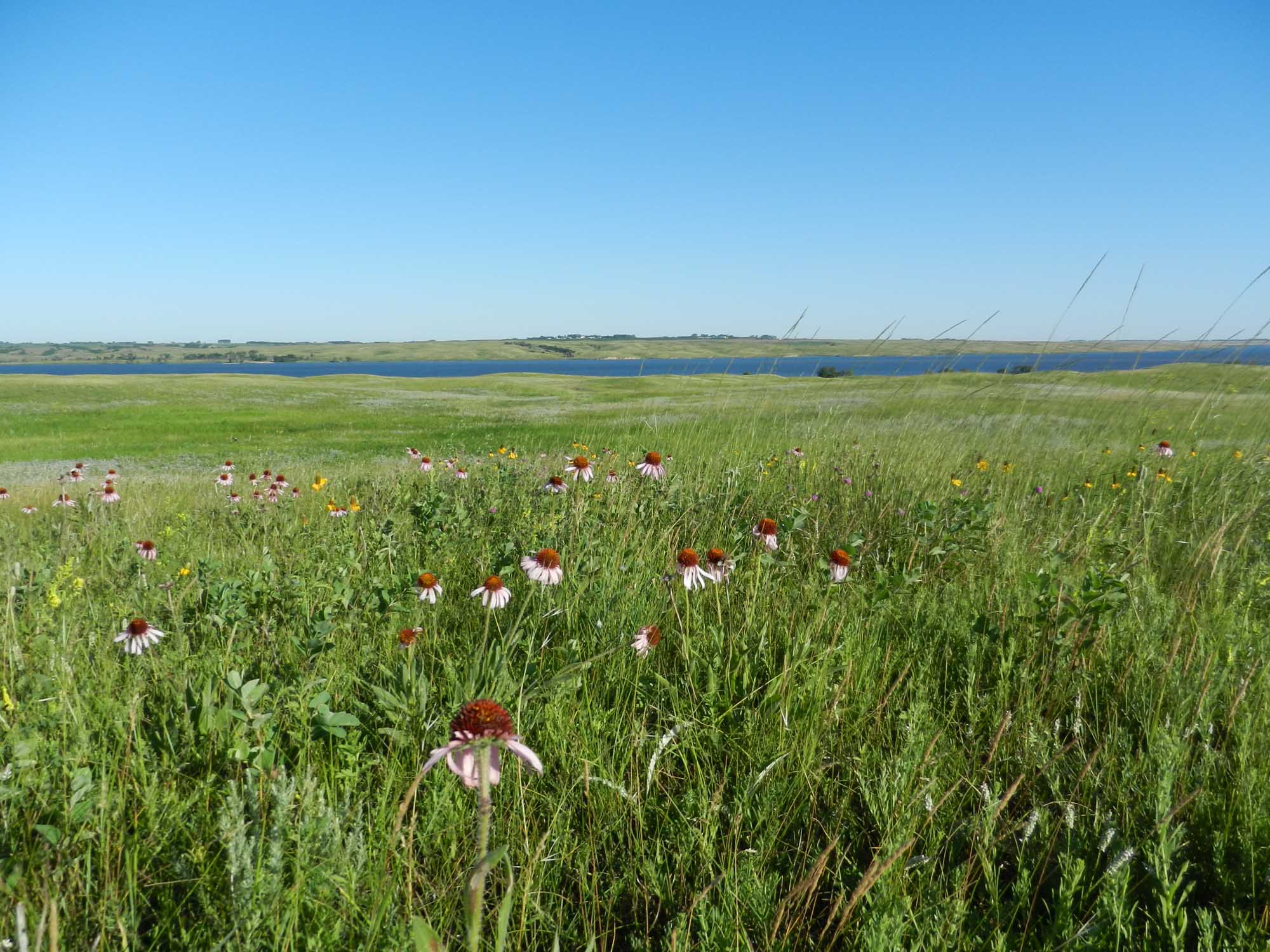
National Wildlife Refuges
North Dakota NWR
3275 11th St NW
Coleharbor,
North Dakota
58531
US
North Dakota contains 63 National Wildlife Refuges, more than any other state. These 63 refuges encompass more than 290,000 acres. In addition, there are 11 Wetland Management Districts with over 254,000 acres of Waterfowl Production Areas. Depending of which refuge you are visiting, habitat may be comprised of native prairie (mixed and tall grass), wetlands, riparian and forested areas, all of which provide homes to resident wildlife, migratory birds and also endangered species such as the prairie-fringed orchid, piping plover, and whooping crane.Refuges in North Dakota are some of the best places to find prairie plants.
In addition to agriculture, North Dakota is widely recognized as a great place to find waterfowl. Whether you're bird watching or hunting, you won't be disappointed when you visit the prairie pothole region to look for birds. Massive flocks of white pelicans, snow geese, and puddle ducks draw people to the state in droves. In 2001, waterfowl hunters brought an estimated $44 million to the state and in 2006, bird watchers brought in $23 million. North Dakota boasts 63 National Wildlife Refuges, the largest number in any state, in large part to provide habitat for their vast populations of birds. The Refuges are an important network of lakes, rivers, and prairie potholes that waterfowl, and other wildlife, depend on. The prairie potholes draw millions of birds to North Dakota every summer to breed and raise their families. Concern is growing, however, that these potholes, and other water resources throughout North Dakota, will be adversely affected by climatic changes projected for the state. Rising average temperatures means increased evaporation and potential for many potholes to dry up or fill up with vegetation and become "dry marshes" instead of open water. Stream flows are expected to decrease and smaller reservoirs are anticipated to suffer the most. The changes in water resources as a result of rising temperatures will undoubtedly influence the types and numbers of waterfowl and other birds that come to North Dakota each year. Evidence suggests that rising temperatures are already having adverse effects on American white pelicans at the Chase Lake National Wildlife Refuge. These birds are beginning to arrive in North Dakota several weeks earlier than in the past, which means they are also breeding and hatching chicks earlier. The result is that baby chicks are getting hit by severe spring storms and dying in large numbers. The spring storms, in combination with an increased prevalence of West Nile virus, has drastically lowered the survival rate of pelican chicks from an average of 50 percent to, in recent years, 3-4 percent.
Plants to Monitor
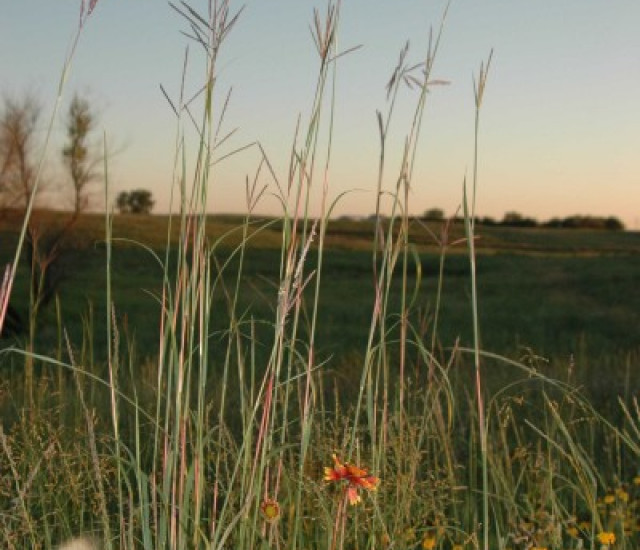
Big bluestem
Andropogon gerardii
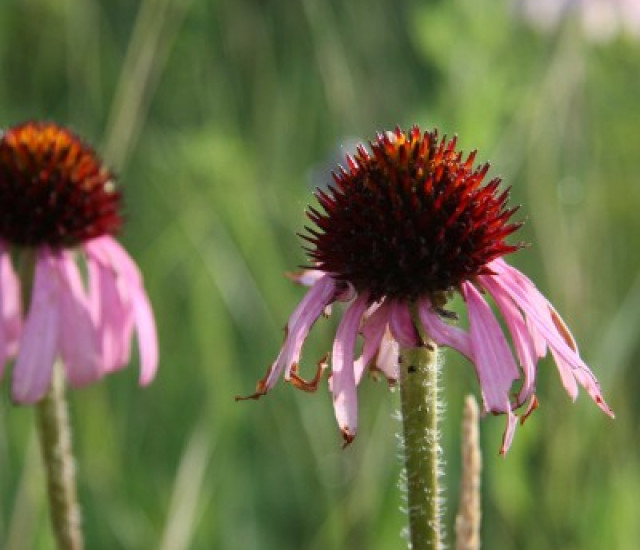
Purple coneflower
Echinacea angustifolia
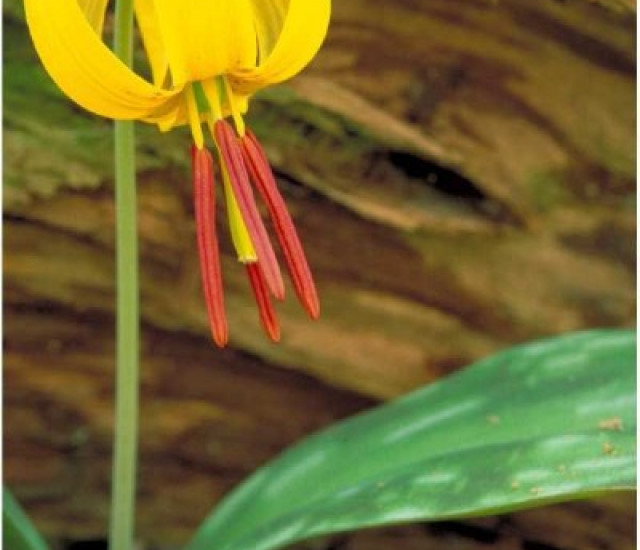
Dogtooth violet
Erythronium americanum
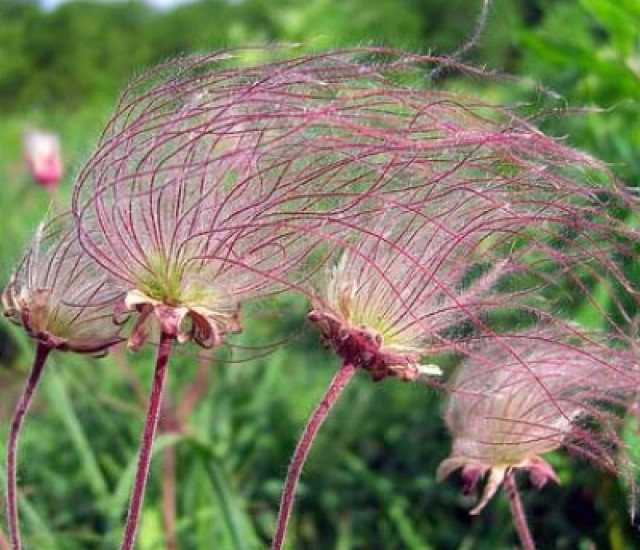
prairie smoke
Geum triflorum
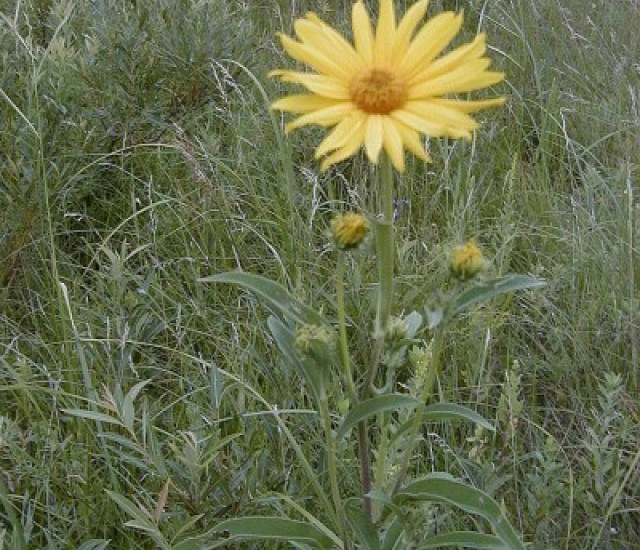
Maximilian sunflower
Helianthus maximiliani
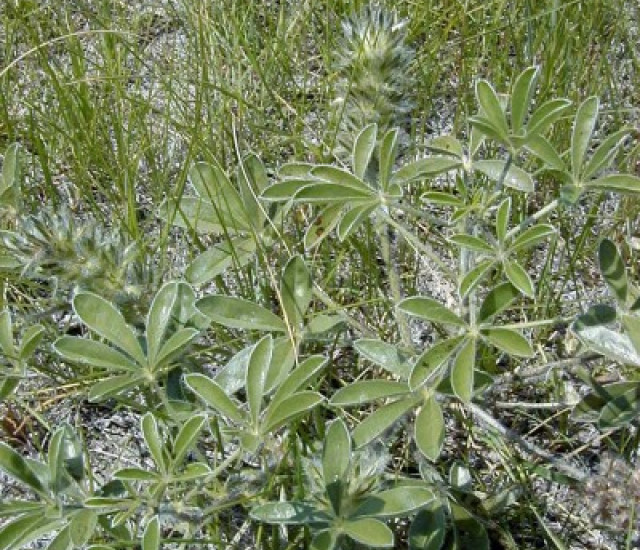
Indian breadroot
Pediomelum esculentum
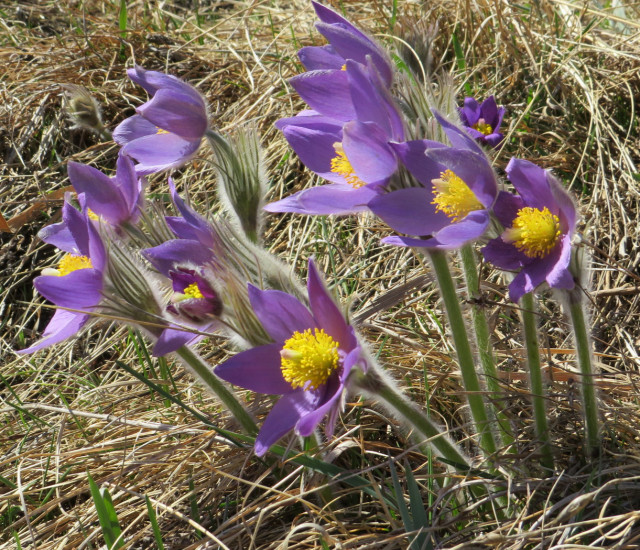
eastern pasqueflower
Pulsatilla patens
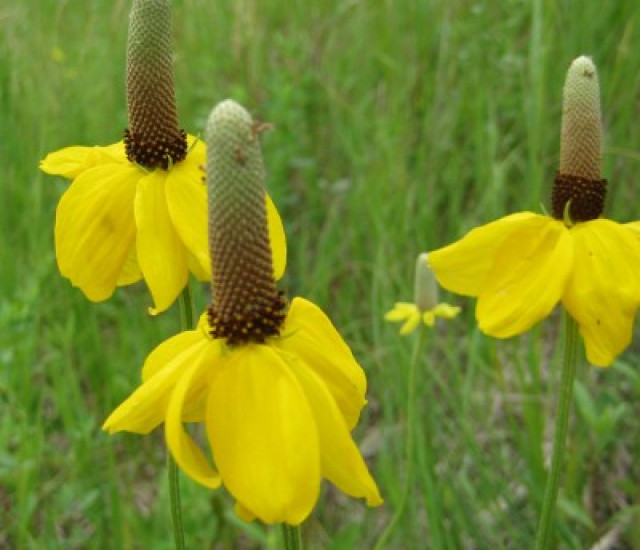
Yellow coneflower
Ratibida columnifera
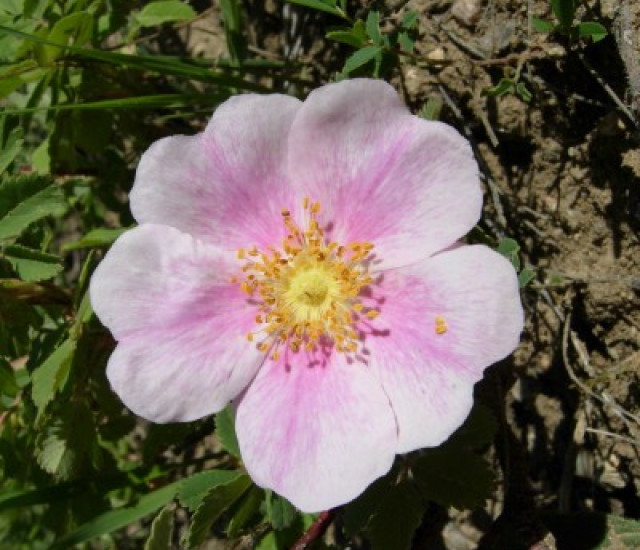
Prairie rose
Rosa arkansana
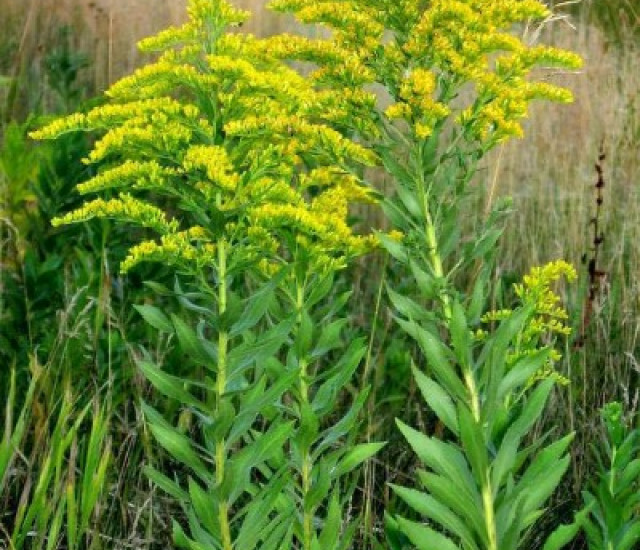
Canada goldenrod
Solidago canadensis
See Menu
- 2021 Chicago Botanic Garden. All Rights Reserved.
-
Creative Commons
BY-NC-SA 4.0 - Terms of Use
- Privacy Policy
- Data Sharing and Citation Policies
- 2021 Chicago Botanic Garden. All Rights Reserved.


